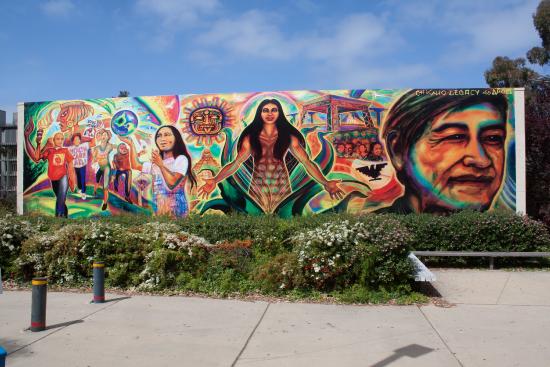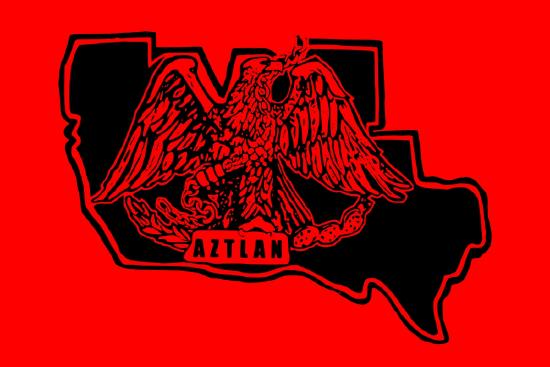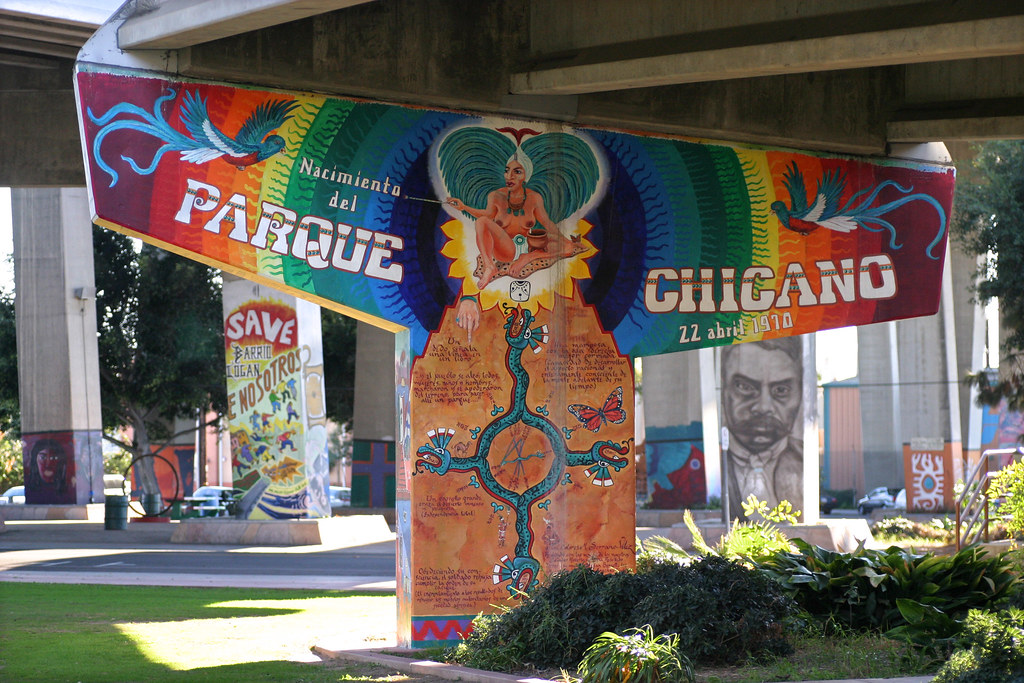7.6: Contested and Competing Meanings in Chicanx and Latinx Studies
- Page ID
- 196240
\( \newcommand{\vecs}[1]{\overset { \scriptstyle \rightharpoonup} {\mathbf{#1}} } \)
\( \newcommand{\vecd}[1]{\overset{-\!-\!\rightharpoonup}{\vphantom{a}\smash {#1}}} \)
\( \newcommand{\id}{\mathrm{id}}\) \( \newcommand{\Span}{\mathrm{span}}\)
( \newcommand{\kernel}{\mathrm{null}\,}\) \( \newcommand{\range}{\mathrm{range}\,}\)
\( \newcommand{\RealPart}{\mathrm{Re}}\) \( \newcommand{\ImaginaryPart}{\mathrm{Im}}\)
\( \newcommand{\Argument}{\mathrm{Arg}}\) \( \newcommand{\norm}[1]{\| #1 \|}\)
\( \newcommand{\inner}[2]{\langle #1, #2 \rangle}\)
\( \newcommand{\Span}{\mathrm{span}}\)
\( \newcommand{\id}{\mathrm{id}}\)
\( \newcommand{\Span}{\mathrm{span}}\)
\( \newcommand{\kernel}{\mathrm{null}\,}\)
\( \newcommand{\range}{\mathrm{range}\,}\)
\( \newcommand{\RealPart}{\mathrm{Re}}\)
\( \newcommand{\ImaginaryPart}{\mathrm{Im}}\)
\( \newcommand{\Argument}{\mathrm{Arg}}\)
\( \newcommand{\norm}[1]{\| #1 \|}\)
\( \newcommand{\inner}[2]{\langle #1, #2 \rangle}\)
\( \newcommand{\Span}{\mathrm{span}}\) \( \newcommand{\AA}{\unicode[.8,0]{x212B}}\)
\( \newcommand{\vectorA}[1]{\vec{#1}} % arrow\)
\( \newcommand{\vectorAt}[1]{\vec{\text{#1}}} % arrow\)
\( \newcommand{\vectorB}[1]{\overset { \scriptstyle \rightharpoonup} {\mathbf{#1}} } \)
\( \newcommand{\vectorC}[1]{\textbf{#1}} \)
\( \newcommand{\vectorD}[1]{\overrightarrow{#1}} \)
\( \newcommand{\vectorDt}[1]{\overrightarrow{\text{#1}}} \)
\( \newcommand{\vectE}[1]{\overset{-\!-\!\rightharpoonup}{\vphantom{a}\smash{\mathbf {#1}}}} \)
\( \newcommand{\vecs}[1]{\overset { \scriptstyle \rightharpoonup} {\mathbf{#1}} } \)
\( \newcommand{\vecd}[1]{\overset{-\!-\!\rightharpoonup}{\vphantom{a}\smash {#1}}} \)
Nuances in Chicanx and Latinx Studies

Chicanismo
What is it?
Why is it controversial?
Chicana/o/x and Xicana/o/x
What does it mean?
Why is it controversial?
The Chicano Movement
Video \(\PageIndex{2}\): Chicano! Struggle in the Fields. (Close-captioning and other YouTube settings will appear once the video starts.) (Fair Use; CaliforniaMexicoCtr via YouTube)
The third branch of the Chicano Movement was the rise of student activism and self-empowerment, as conveyed in Video above, Chicano! Taking Back the Schools. For example, Rodolfo "Corky" Gonzales, an activist and former boxer, organized the National Youth and Liberation Conference in Denver, Colorado in 1969. This became a powerful organizing effort and brought in Chicanos from around the country to meet, take part in cultural workshops and events, and politicize and organize their own schools and communities. They drafted El Plan Espiritual de Aztlán (Spiritual Plan of Aztlán), to acknowledge the Indigenous ancestry and homeland of the Aztec people and also to map out a plan for Chicano nationalism and self-determination. In 1969, Chicano and Chicana students met at an historic conference at UC Santa Barbara to draft El Plan de Santa Barbara based on the identity and philosophy of Chicanismo to propose a larger plan to advocate for self-determination and empowerment, Chicano nationalism, and the central role of higher education in achieving liberation at the community level. The result of the conference was the establishment of the student organization, M.E.Ch.A (Movimiento Estudiantil Chicano de Aztlán), and became the blueprint for the establishment of Chicano and Chicana Studies programs and departments throughout the UC System. Featured in the Chicano! Taking Back the Schools video above, another example of the student movement was the East Los Angeles Walkouts that took place in 1968, where thousands of Chicano students took part in non-violent protests by walking out of their schools to protest unequal educational opportunities, a lack of Chicano-themed course and curriculum, and a lack of Chicano and bilingual teachers. (Noriega et al, 2010)
Latina/o/x/e and Hispanic
What does it mean?
Why is it controversial?
Aztlán

What does it mean?
Why is it controversial?
La Raza
What does it mean?
Why is it controversial?
Chicana/o/x and Latina/o/x/e Feminism
What does it mean?
Why is it controversial?
Contributors and Attributions
- 7.2: History and Demographics is shared under a CC BY-NC-SA 4.0 license and was authored, remixed, and/or curated by Erika Gutierrez, Janét Hund, Shaheen Johnson, Carlos Ramos, Lisette Rodriguez, & Joy Tsuhako (ASCCC Open Educational Resources Initiative (OERI)) .
References
- Noriega, C., Avila, E., Davalos, K., Sandoval, C., & Perez-Torres, R. (2010). The Chicano Studies Reader: An Anthology of Aztlan, 1970 - 2000. Los Angeles: UCLA Chicano Studies Research Center Press


